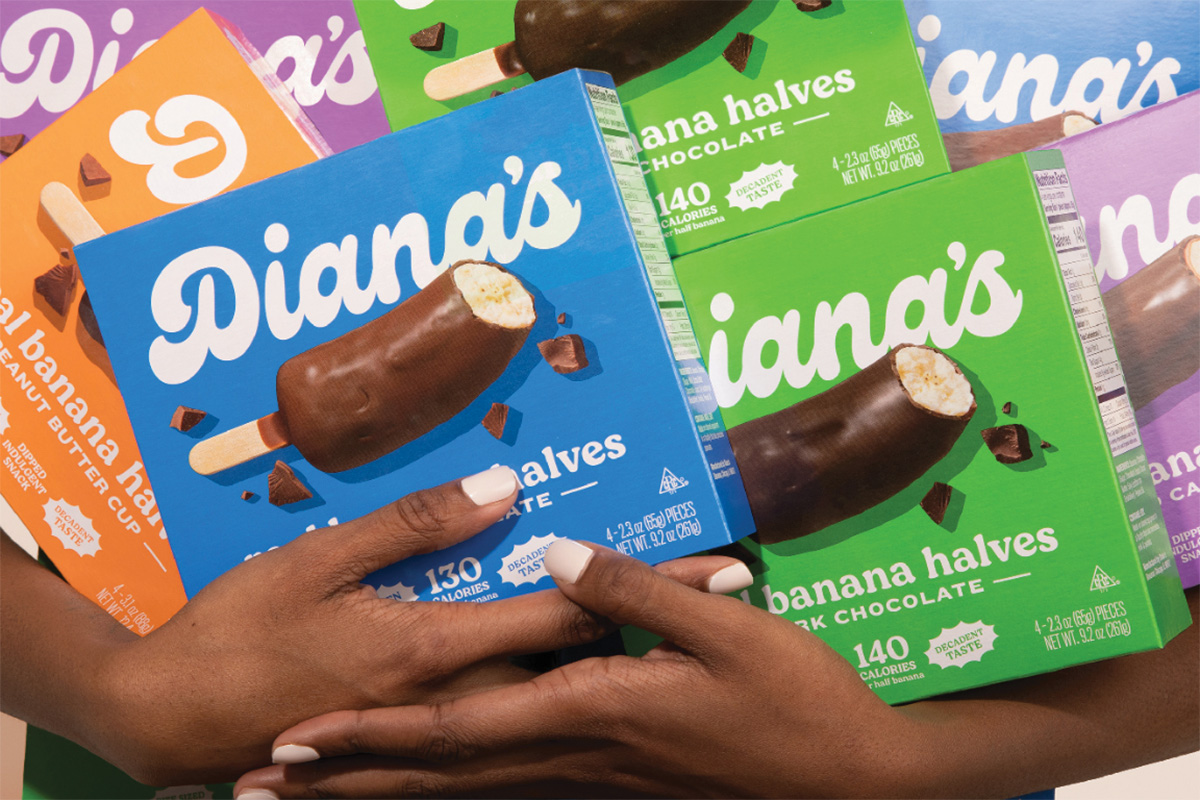The Skinny on Healthy Fats
“Make sure your salad has fat,” my nutritionist said. She must have noticed my head jerk back and my eyes pop out because she quickly began to explain, “Fat plays a major role in your body’s nutrition, digestion, and its ability to keep you feeling full.”
I thought back to sitting in the grocery cart with my mom and watching her stock it up with low-fat yogurt, low-fat salad dressing, low-fat granola bars, low-fat margarine, low-fat cottage cheese… heck, I’m sure there was some low-fat broccoli and water in there, too.
And the low-fat craze I observed as a child stuck with me for years. Thankfully, in high school, I learned that low-fat products still taste great because the fat was replaced with sugar. So, my solution was to avoid all processed things all together, and I continued to maintain a low-fat diet by only eating whole foods naturally low in fat.
Basically, my nutritionist had just told me that Santa isn’t real. And then proceeded to explain that all the good behavior and all the visits to the mall and all the written letters were pointless. But, just like a seven-year-old coming to terms with the fact that one man riding a flying-reindeer-powered-sleigh and going to every house in the world in the span of one night really doesn’t make sense, I began to understand that avoiding fat doesn’t make sense, either.

Fats 101
The four major types of fats that can be found in the food we eat are: saturated fats, trans fats, monounsaturated fats, and polyunsaturated fats. Fats get a bad rep mostly because of the dangers of saturated fats. An article in Today’s Dietitian describes how “Americans currently consume more than 11 percent of calories from saturated fat, and since many people over-consume total calories, the amount of saturated fat intake is high both as percentage of total calories and number of grams.”
Since saturated fat is known to raise cholesterol, as well as the risk of heart disease and stroke, the saturated fat number is one that people should strive to lower. Since this research surfaced, people have taken steps to lower their saturated fat intake, but the rate of heart disease has remained the same.
So, experts are concluding that one, not all saturated fats are created equal, and some fatty acids found in meat, oils, and dairy may actually be beneficial; and two, a healthy heart takes more than just lowering intake of saturated fats. People also need to raise their intake of wholesome foods. And some of these wholesome foods are high in fat… the “good” kind.
What are healthy fats?
Out of the four major types of fats, the good fats are monounsaturated and polyunsaturated. “They can be found in both plant and animals foods,” Catherine Borkoswki, a RDN, LDN in Chicago, explained. “Monounsaturated fats can be found mostly in oils, such as olive oil, canola oil, sunflower, and safflower oil, and avocados, nuts, and nut butters. Monounsaturated fats are also found in smaller amounts in beef, chicken, and pork.”
Borkowski continued, “Polyunsaturated fats can be found mostly in oils such as soybean, corn, and cottonseed, as well as seeds such as pumpkin, sesame, and flax. Omega-3 fatty acids, a type of polyunsaturated fat, are found in fish and seafood such as salmon, tuna, and trout, as well as walnuts.”
What amount of healthy fats should be consumed each day?
Avocado and nut butter lovers can celebrate, but not too hard. According to the 2015-2020 Dietary Guidelines for Americans, the recommendation for healthy oils is 27 grams, or about five teaspoons, per day. So, that’s unfortunately why the serving size for nut butter is two tablespoons and not the entire jar.
Kristin Hoddy, PhD and RDN in Chicago, acknowledges that there are mixed reviews about saturated fats and urges people to continue to be mindful of their consumption. “The popularity of saturated fats seems to be on the rise, but most experts agree that we should try to reduce our intake to less that 10 percent of our total energy intake as this fat seems to increase the type of cholesterol that promotes cardiovascular disease.”
Hoddy continued, “The Academy of Nutrition and dietetic recommends that 20-35 percent of your daily calorie intake should come from fat, and that this should primarily be from unsaturated fats like polyunsaturated or monounsaturated fats.”
What are the benefits of healthy fats?
One healthy fatty acid you hear a lot about that was previously mentioned is omega-3. The American Heart Association encourages the consumption of these fatty acids in particular as they “decrease risk of arrhythmias (abnormal heartbeats), decrease triglyceride levels, slow growth rate or atherosclerotic plaque, and lower blood pressure (slightly).”
Borkoswski elaborated on the other general benefits of healthy fats. “Healthy fats provide our bodies with sources of essential fatty acids and vitamin E. Essential fatty acids (linoleic acid and alpha-linolenic acid) are fats that we must get from our food since our bodies can’t make them,” Borkowski explained. “Essential fatty acids are needed for the body’s tissues to function properly, and they play a role in immune function and the prevention of disease. Dietary fats in our food also help the body absorb fat-soluble vitamins: vitamins A, D, E, and K.”
… Which is why it’s important to add fat to your salad! Finding out that Santa wasn’t real was pretty devastating, but finding out that I should be eating fat has been very, very liberating.
Now BRB, I’m going to go eat a spoonful of almond butter.












